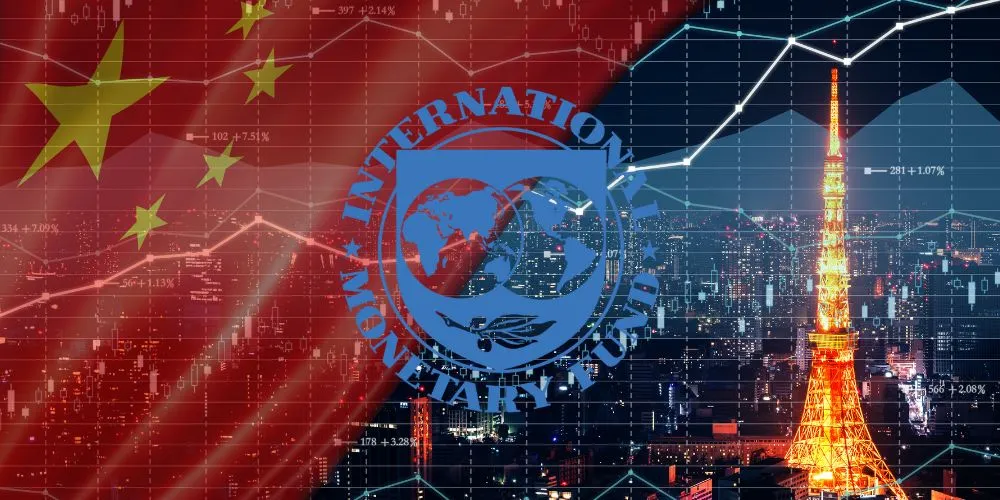Key Points:
- China’s economic activity rebounded in 2023 post-COVID, with real GDP growth in line with the government’s target of around 5 percent.
- Domestic demand, particularly private consumption, drove the recovery, supported by macroeconomic policies such as monetary easing and fiscal stimulus.
- Inflation declined in 2023 due to lower energy and food prices but is expected to increase to 1.3 percent in 2024 gradually.
- The IMF suggests that decisive policy actions, including restructuring in the property sector, could further stimulate private investment and confidence.
China’s economic activity experienced a notable rebound in 2023 following the post-COVID reopening, with real GDP growth estimated to align closely with the government’s target of around 5 percent, according to the executive board of the International Monetary Fund (IMF).
In a recent press release summarizing its annual Article IV review of the Chinese economy, the IMF highlighted the drivers behind the recovery. The resurgence was primarily fueled by domestic demand, particularly private consumption, supported by macroeconomic policies such as monetary easing, tax relief measures, and fiscal spending on disaster relief efforts.
While inflation decreased in 2023, attributed largely to lower energy and food prices, the IMF anticipates a gradual uptick, reaching 1.3 percent in 2024 as the output gap diminishes and commodity price base effects wane.
The IMF underscored the potential for accelerated restructuring in the property sector and decisive policy actions to stimulate private investment further and bolster confidence, potentially leading to a more robust rebound than anticipated.
During the IMF’s 2023 Article IV consultation, conducted through a visit to China from October 26 to November 7, constructive discussions were held with senior government officials, representatives from the People’s Bank of China, and members of the private sector and academia. These discussions covered various topics, including economic prospects, reform progress, risks, and policy responses.












